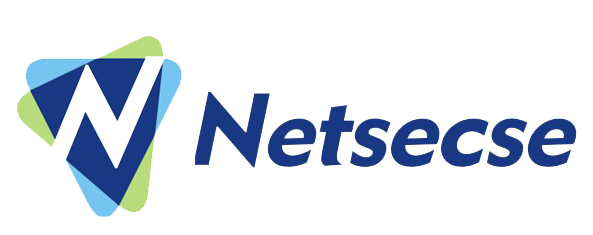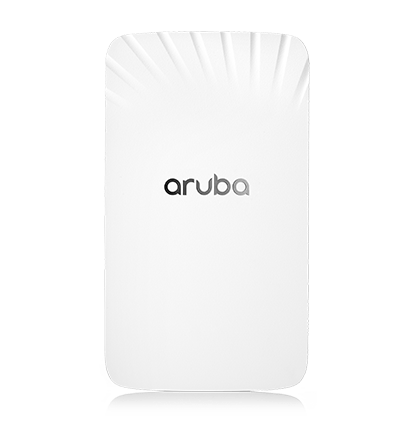Hardware variants
AP-503H
Mid-range dual radio Wi-Fi 6 Hospitality AP with 1+2 Ethernet ports
AP-505H
High-end dual radio Wi-Fi 6 Hospitality AP with 1+4 Ethernet ports, PSE, USB
Wi-Fi radio specifications
AP type:
Indoor, dual radio, 5GHz and 2.4GHz 802.11ax 2x2 MIMO
5GHz radio:
Two spatial stream (SU/MU) MIMO for up to 1.2Gbps wireless data rate (HE80)
2.4GHz radio:
Two spatial stream (SU/MU) MIMO for up to 287Mbps wireless data rate (HE20)
Note: HE40 operation is supported in 2.4GHz, but uncommon and not recommended for enterprise deployments
Maximum number of associated client devices:
Up to 256 associated client devices per radio
Maximum number of BSSIDs:
16 BSSIDs per radio
Supported frequency bands (country-specific restrictions apply):
2.400 to 2.4835GHz ISM
5.150 to 5.250GHz U-NII-1
5.250 to 5.350GHz U-NII-2A
5.470 to 5.725GHz U-NII-2C
5.725 to 5.850GHz U-NII-3/ISM
5.850 to 5.895GHz U-NII-4
Dynamic frequency selection (DFS) optimizes the use of available RF spectrum
Supported radio technologies:
802.11b: Direct-sequence spread-spectrum (DSSS)
802.11a/g/n/ac: Orthogonal frequency-division multiplexing (OFDM)
802.11ax: Orthogonal frequency-division multiple access (OFDMA) with up to 8 resource units
Supported modulation types:
802.11b: BPSK, QPSK, CCK
802.11a/g/n: BPSK, QPSK, 16-QAM, 64-QAM, 256-QAM (proprietary extension)
802.11ac: BPSK, QPSK, 16-QAM, 64-QAM, 256-QAM, 1024-QAM (proprietary extension)
802.11ax: BPSK, QPSK, 16-QAM, 64-QAM, 256-QAM, 1024-QAM
802.11n high-throughput (HT) support:
HT20/40
802.11ac very high throughput (VHT) support:
VHT20/40/80
Supported data rates (Mbps):
802.11b: 1, 2, 5.5, 11
802.11a/g: 6, 9, 12, 18, 24, 36, 48, 54
802.11n: 6.5 to 300 (MCS0 to MCS15, HT20 to HT40), 400 with 256-QAM
802.11ac: 6.5 to 867 (MCS0 to MCS9, NSS = 1 to 2, VHT20 to VHT80), 1,083 with 1024-QAM
802.11ax (2.4GHz): 3.6 to 574 (MCS0 to MCS11, NSS = 1 to 2, HE20 to HE40)
802.11ax (5GHz): 3.6 to 1,201 (MCS0 to MCS11, NSS = 1 to 2, HE20 to HE80)
802.11n/ac/ax packet aggregation:
A-MPDU, A-MSDU
Transmit power:
Configurable in increments of 0.5 dBm
Maximum (aggregate, conducted total) transmit power (limited by local regulatory requirements):
2.4 GHz band: +20 dBm (17 dBm per chain)
5 GHz band: +21 dBm (18 dBm per chain)
Note: conducted transmit power levels exclude antenna gain. For total (EIRP) transmit power, add antenna gain
Minimum configurable transmit power level:
0 dBm (conducted, per chain)
Advanced Cellular Coexistence (ACC):
Minimizes the impact of interference from cellular networks
Advanced IOT Coexistence (AIC):
Allows concurrent operation of multiple radios in the 2.4GHz band without performance, range or capacity degradation
Maximum ratio combining (MRC):
For improved receiver performance
Cyclic delay/shift diversity (CDD/CSD):
For improved downlink RF performance
Space-time block coding (STBC):
For increased range and improved reception
Low-density parity check (LDPC):
For high-efficiency error correction and increased throughput
Transmit beam-forming (TxBF):
For increased signal reliability and range
802.11ax Target Wait Time (TWT):
To support low-power client devices
VPN IPsec throughput performance:
500Mbps or better
802.11mc Fine Timing Measurement (FTM):
for precision distance ranging


